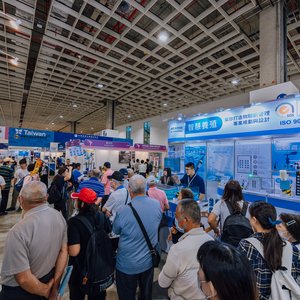Abstract
In vitro methods have previously been utilised for the rapid and reliable evaluation of protein digestibility in fish. In this study we used in vitro methods to compare the digestibility of various live and artificial larval feeds and feed ingredients. Given previous suggestions that water-soluble dietary proteins are efficiently digested and utilised by stomachless fish larvae, we also analysed the content of water-soluble nitrogen in the feeds and feed ingredients and then measured the specific in vitro digestibility (simulated midgut conditions) of the water-soluble and insoluble fractions. The soluble nitrogen fractions were generally more digestible than the insoluble nitrogen fractions (Pb0.05). A soluble reference protein (Na+-caseinate) was digested faster than the similar but insoluble reference protein (casein) although their final digestibility was the same (94%). Frozen live feeds (Artemia fransiscana and Calanus finmarchicus) contained high fractions of soluble nitrogen (54–67%) and also had high digestibility in vitro (84 and 87%, respectively). The in vitro digestibility of two formulated larval feeds tested was lower (53 and 70%) than the frozen live feeds. The digestibility of the ingredients of the protein-encapsulated feeds particles was reduced as a result of the production process (from 71 to 53%, respectively). Three meals of marine origin (fish meal, squid meal and fish roe meal) all had low contents of water-soluble nitrogen (11–17%) but showed different degrees of digestibility (77, 77 and 49%, respectively). The results also demonstrated that while pre-hydrolysis of a feed ingredient (fresh frozen cod fillet) almost doubled the water-soluble nitrogen fraction (from 34 to 65%) the positive effect of pre-hydrolysis on in vitro digestibility was much lower (from 80 to 86%). This demonstrates the complexity of assessment of bioavailability of dietary protein sources in larval fish; a number of factors such as leaching rates from feed particles, digestibility, digestion rates and absorption rates all need to be taken into account.
Keywords
Protein; Digestibility; Fish larvae; Soluble protein; Compound diets
Authors
S.K. Tonheim a,b, A. Nordgreen a, I. Høgøy c, K. Hamre a, I. Rønnestad b,⁎
a National Institute of Nutrition and Seafood Research, Bergen, Norway
b Department of Biology, University of Bergen, Bergen, Norway
c Maripro AS, Austevoll, Norway
Publisher
Elsevier. Aquaculture 262 (2007) 426–435
[Source Nofima. For more information please contact Reidun Lilleholt]










